Exploring the Wild: The Essential Guide to Overlanding vs. Off-Roading

by AutoExpert | 9 November, 2023
In the pursuit of adventure and the thrill of the drive, two distinct paths unfold before the spirited traveler: overlanding and off-roading. While they might seem interchangeable to the uninitiated, these are unique experiences, each offering its own brand of excitement and challenge. But what exactly sets them apart?
What is Overlanding?
Overlanding is the essence of self-reliant, long-haul travel, where the journey itself is the primary goal. Rather than a rush to the destination, overlanding is about soaking in the experience, often lasting weeks or even months.
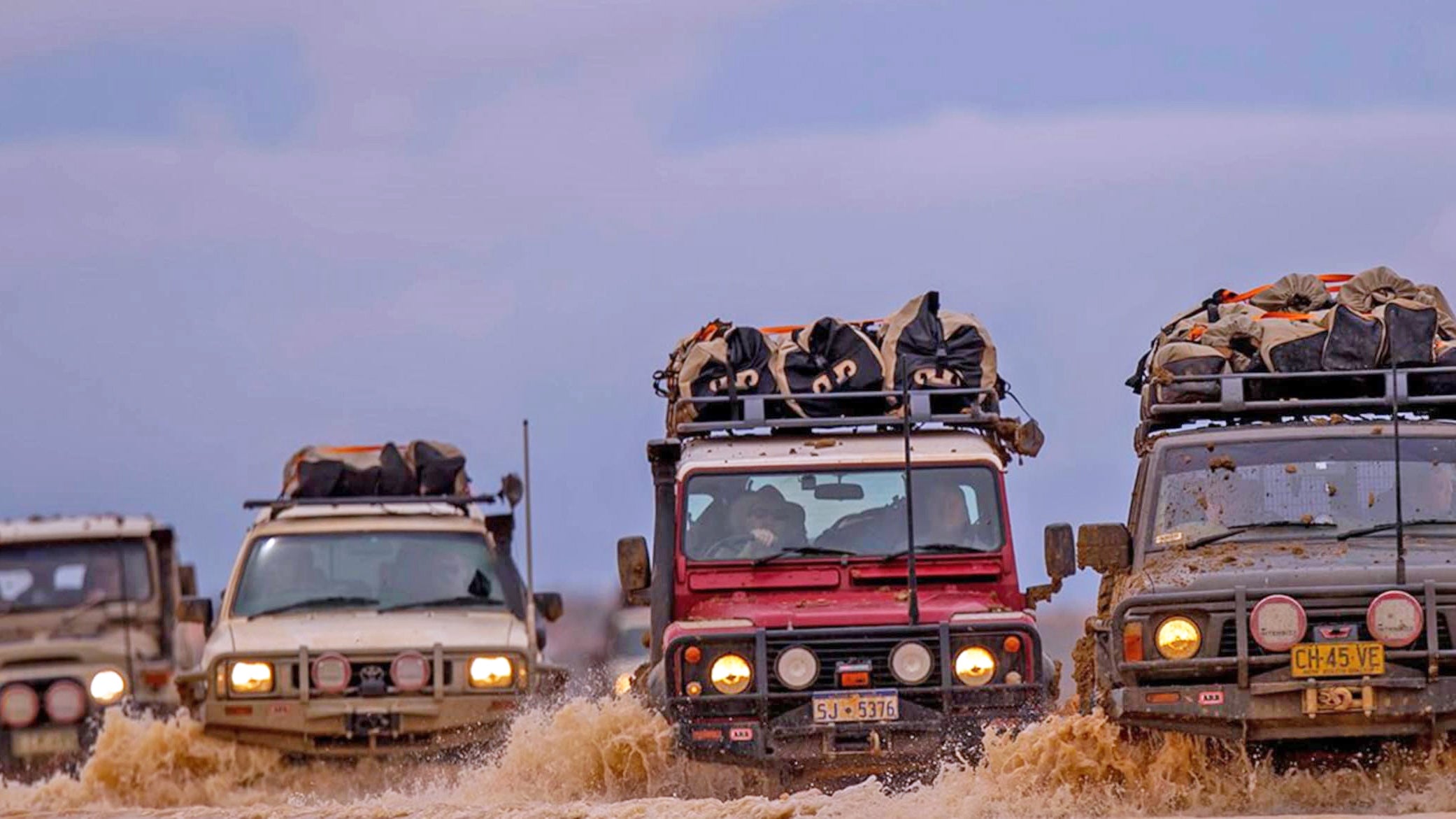
Overlanders might find themselves winding through a series of biomes, from the rolling savannas to the dense forests, making calculated moves with every new horizon. It’s about setting up camp under the stars and waking up to the untouched beauty of remote lands.
The vehicles of choice for overlanding are built for endurance rather than just agility. Think of rugged RVs and versatile camping vans, equipped not only to tackle varied terrain but also to serve as a mobile home away from home.
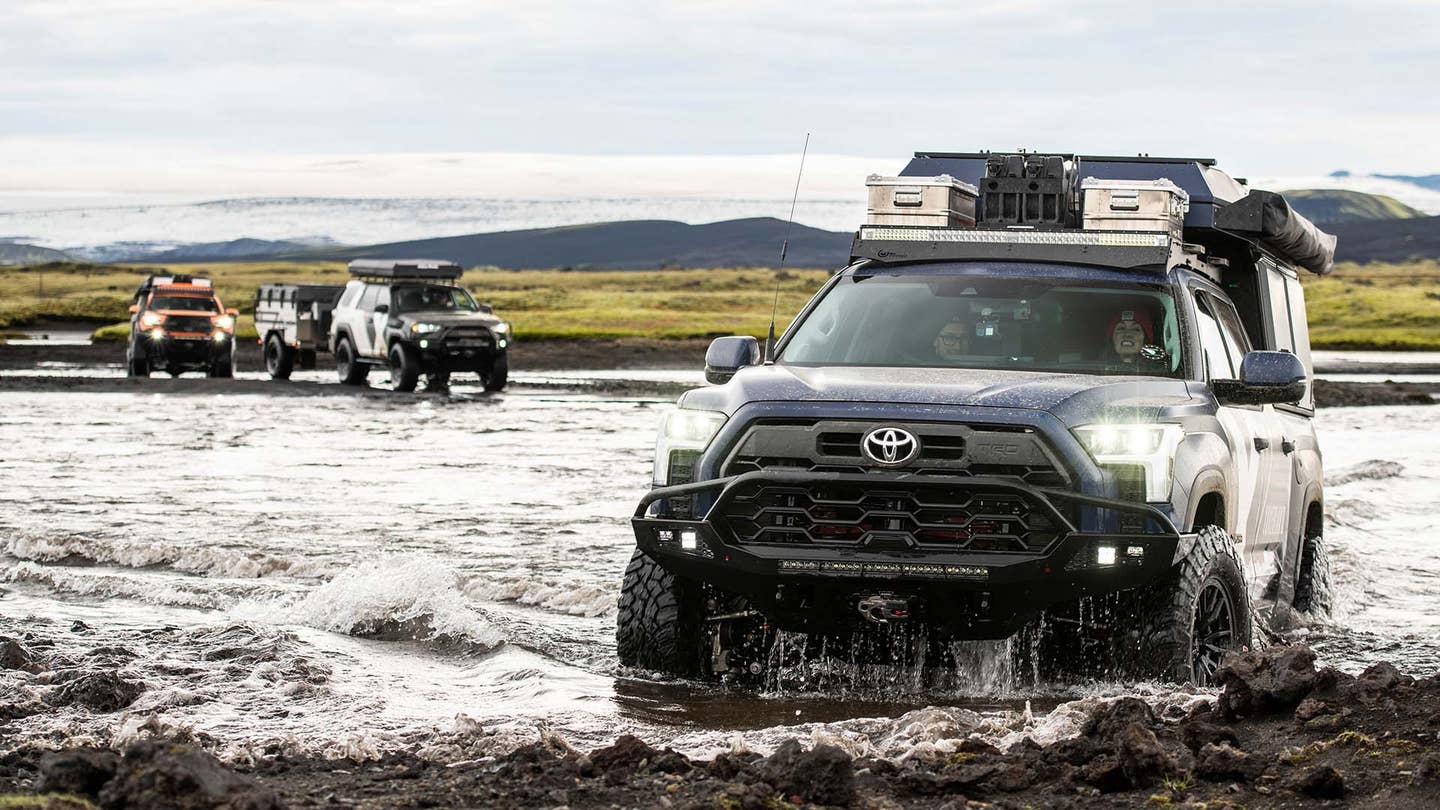
What is Off-Roading?
On the flip side, off-roading is an adrenaline-fueled dive into the unknown, a test of skill against the ruggedness of the natural world. This is not about the faint of heart but for those who seek to conquer the untamed trails that lay ahead. The terrains here call for specialized vehicles—ATVs, UTVs, dune buggies, and robust SUVs, each modified to embrace the unpredictability of the wild.
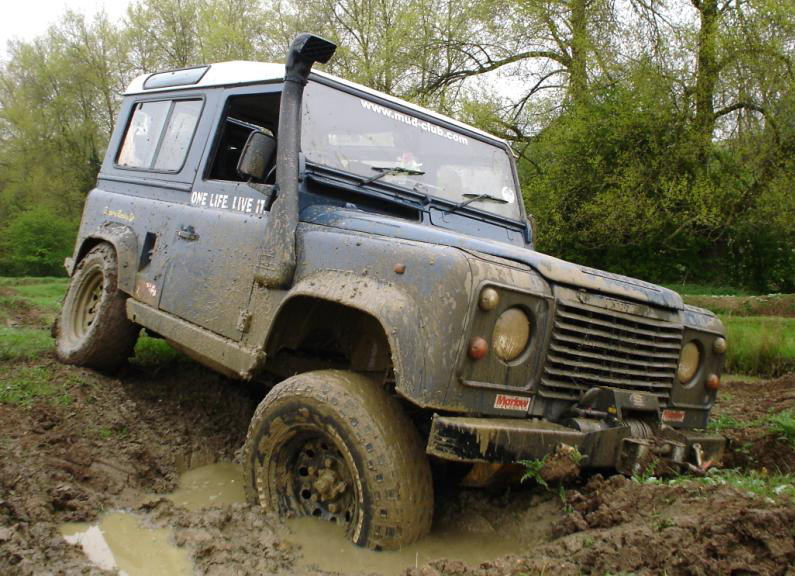
Overlanding vs. Off-Roading: The Key Differences
The core divergence between these two lies in their intent. Overlanding is about exploration and the slow-paced discovery of lands afar, while off-roading is a concentrated burst of adventure, challenging oneself against the elements. Off-roading is a battle with the terrain, with a time-bound objective often at its core.
In terms of terrain, overlanders may enjoy stretches of smooth driving interspersed with patches of challenging landscapes. Off-roaders, however, live for the thrill of the uneven, unpaved paths—be it sand, rock, or river crossings.
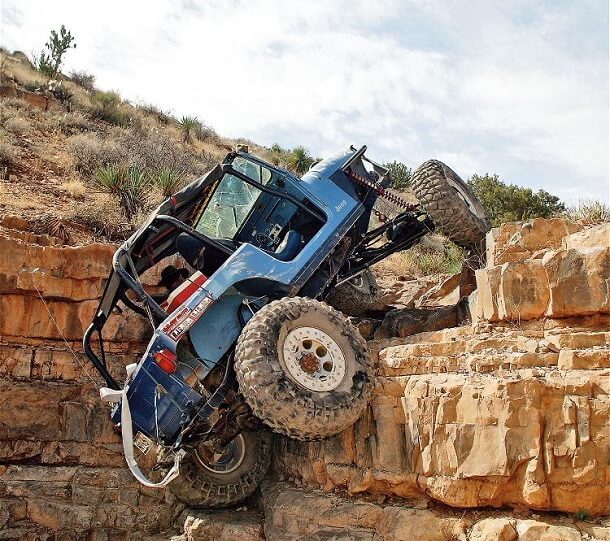
The duration of the adventures also varies significantly. Overlanding is synonymous with extended trips, requiring vehicles that double as living spaces, while off-roading adventures are typically shorter, intense excursions that test your mettle against the clock and the earth.
Essential Gear for Each Adventure
Both overlanding and off-roading demand their own sets of gear. Overlanders must come prepared with camping supplies, food, water, cooking utensils, and a reliable vehicle recovery kit, while off-roaders focus on rugged essentials like extra tires, a first-aid kit, and a recovery kit for their hardy vehicles.

Choosing Your Steed
Overlanding vehicles are kitted out to sustain life on the road—equipped with creature comforts and reliable off-road capabilities. Off-roading vehicles, however, are beasts made for terrain—they are the warriors of the automotive world, designed to traverse any obstacle with might and finesse.
FAQs to Fuel Your Journey
- Is overlanding the same as off-roading? No, each offers a different approach to adventure travel.
- Do you need AWD for overlanding? While not always necessary, AWD can be beneficial for varied terrain.
- What is the point of overlanding? It's about the drive to discover and experience remote corners of the world at your own pace.
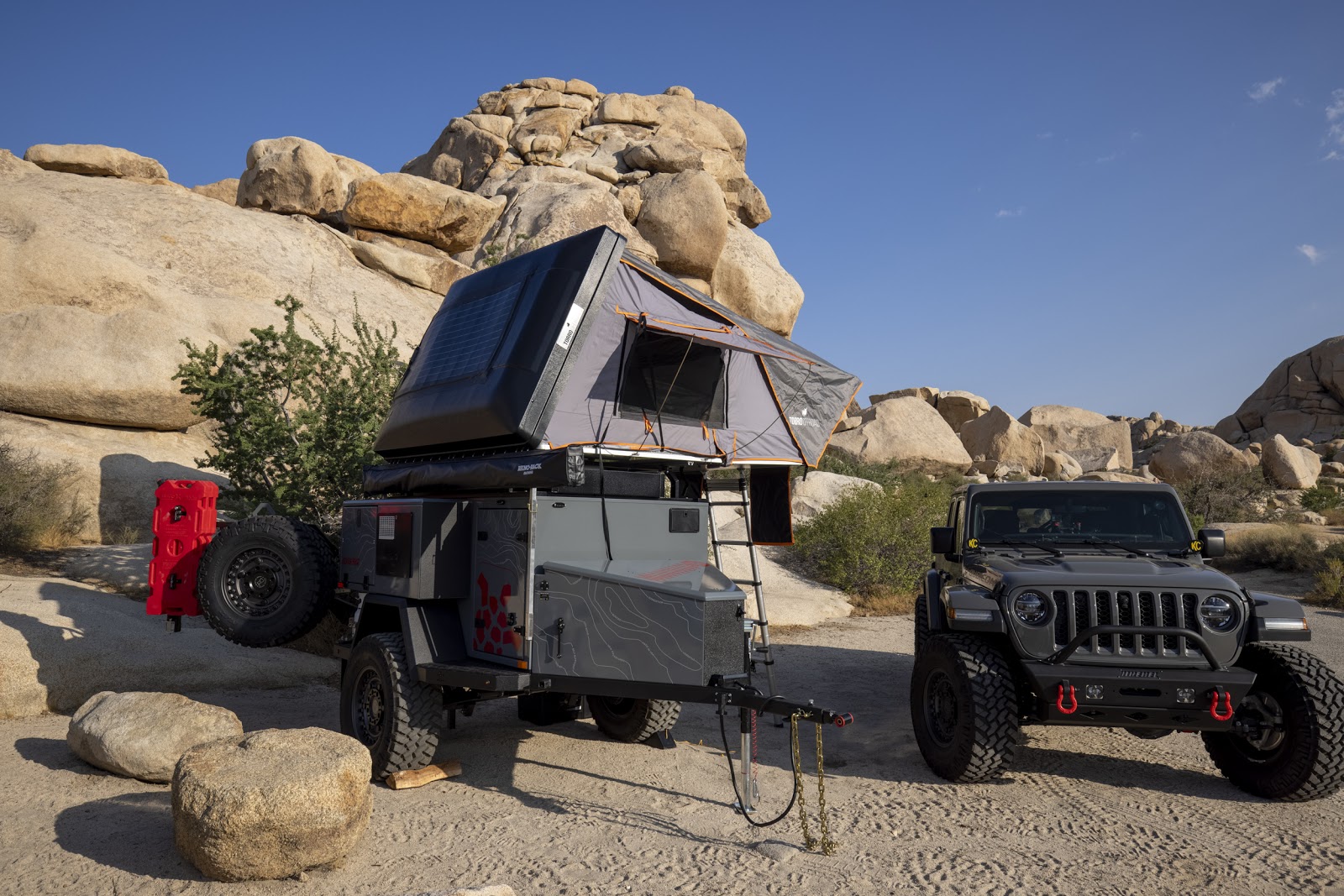
Whether you choose the measured, scenic embrace of overlanding or the exhilarating challenge of off-roading, the common thread is the need for a well-equipped and maintained vehicle. It’s not just about the destination—it's about the journey, and how you choose to forge it. Choose wisely, and the world is yours to explore.

















